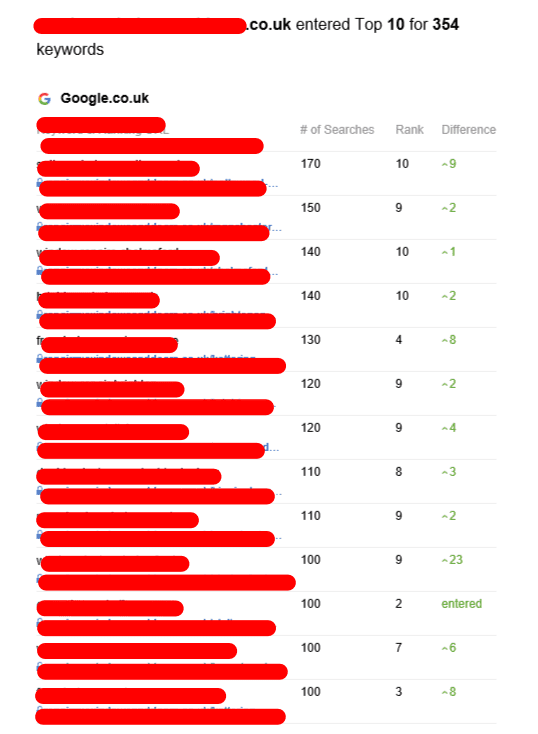Tiered Backlinks Service
Tiered backlinks are a valuable tool in any SEO strategy. They can help you create a solid backlink profile, without attracting search engine penalties. However, it is crucial to know how to utilize them correctly.
Tier two backlinks come from sources that are moderately authoritative like directories, blogs, and article networks. The emphasis is on relevancy and quality takes a backseat to quantity at this stage.
First Tier
Tiered link building allows you to build a high-quality profile of backlinks to your website. It works by replicating what happens when highly authoritative content is spread across the internet. This is accomplished through a network of pages that endorse the main source and then redirecting their link juice to a promoted page. This method lets you create a huge number of links without impacting the quality of your content on your site.
Tier 1 links are the highest quality links from a provider that provides tiers of backlinks. They should only be positioned on trustworthy websites that relate to your industry. They should also have a good domain authority. This is the most crucial part of your tiered link building campaign, and it can be difficult to obtain. Utilize tools such as Moz, Ahrefs or Loganix DA Checker to determine the domain authority of your Tier 1 donors.
The next step in tiered link building is Tier 2. Tier 2 links are less powerful than those in Tier 1 however they still have the ability to boost your search engine ranking. Blog comments, forum posts and wikis to construct Tier 2 links. This method should only be used when it's not contrary to rules. Also, avoid automating.
Second Tier
It is possible to increase the quality and quantity of your backlink profile using the level system. This will not result in penalties from search engines. It is a lengthy process. Tiered link building is the process of linking to a variety of pages on a site. This is an enormous amount of work. It can also take months to see the results of an elongated link-building campaign. This is because PageRank can take an extended time to get to the destination website.
The first tier should consist up of dofollow, high-quality links which originate from sites that have high Domain Authority (DA). This is the place where the value of a tiered backlink lies. To verify the domain authority of your tier-one links it is essential to use a reputable domain checker such as Moz, Ahrefs or SEMrush.
You can use social media profiles Un-spammed Q&A websites and blog networks. This can include social networking profiles, non-spammed question and answer websites or blogs. Some SEO practitioners also make use of automated link building tools for this purpose.
It is important to note that the links you obtain in your tier two have to appear natural. Google's Webmaster Guidelines state that if the link appears fake, it could be flagged as spam and penalized accordingly. This could lead to dramatic decreases in rankings or decision to take manual action by Google's human reviewers.
Third Tier
Tiered link building is a powerful method of increasing the authority of your site. It allows you to leverage the benefits of low-quality backlinks while minimizing the chance of being penalized by search engines. The strategy also increases the efficiency of your SEO efforts by allowing you acquire links at a lower price. Tiered link building has its benefits, but it also has its disadvantages. It can be risky to use too many links that are low-quality or irrelevant to your site. It is essential to not overdo the amount of tier links since Google could penalize your website.
Tier 2 links are usually less trustworthy than tier 1 backlinks, and are meant to boost the authority of the domain of the original backlinks. These links can be sourced from forums, blog comments, wikis and other Web 2.0 resources. This level of links is also known as "pumping levels." It is crucial to make sure that your tier two links are relevant and high-quality.
Using too numerous automated tools to build Tier 3 links may violate Google's Webmaster guidelines and lead to an action that is manual. Many optimizers use GSA, Xrumer, and ZennoPoster to automate their Tier 3 link creation. Tier 3 links should be sourced from trustworthy websites and niches. If they are not, Google will detect them as part of an affiliate scheme and sanction the site.
Fourth Tier
Tiered link building is a strategy to create links that boost the authority of your website and boost SEO rankings. It is crucial to adhere to Google's guidelines when using this strategy. If you build third-tier backlinks from websites that aren't of good quality or are spammy, for example, this can result in your website losing rank. If you are acquiring links at a rapid pace, Google may also penalize your website.
To avoid this, you must concentrate on creating a broad range of tier one backlinks from reputable sources. For instance, you could include first-tier backlinks in guest posts links, link roundups, or directories of articles. You can also make use of Tier two links to increase the quality of your backlinks in tier one. This is because these backlinks are usually more reliable than tier three links.

You should also keep in mind that building layers of links takes lots of effort and money. You'll need to pay for automation tools and content writers, for instance. It is also necessary to monitor the various levels to ensure that your campaign remains consistent. If you don't have the time or funds to devote to this strategy it is recommended that you outsource it to an agency that specializes in tiered linking.
